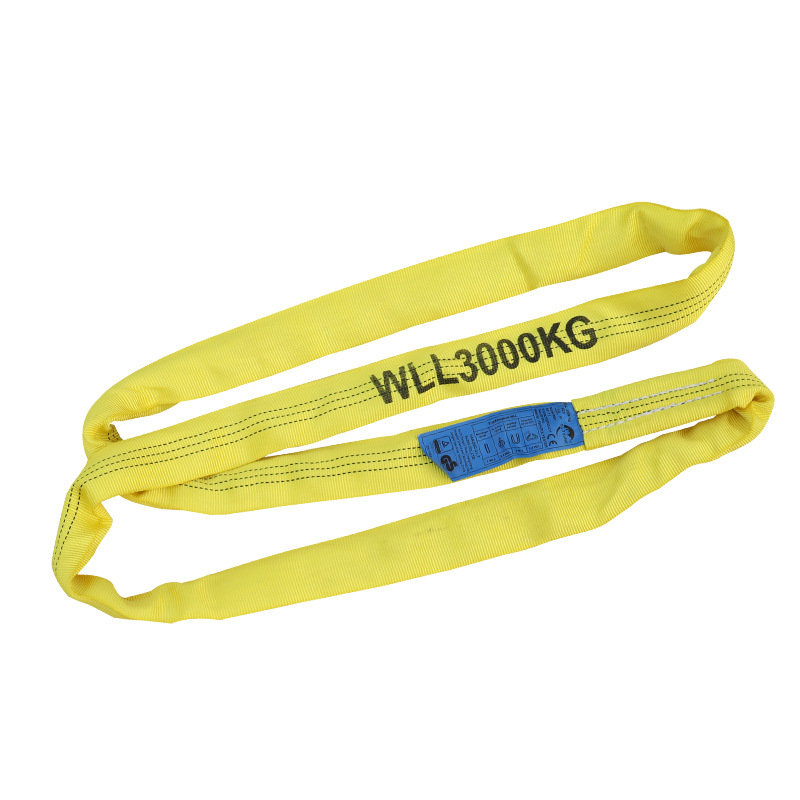Round slings are widely used in various industries for lifting and hoisting heavy loads. They are versatile, flexible, and provide excellent load-bearing capabilities. However, like any other equipment, round slings have a limited lifespan. In this blog post, we will explore the factors that affect the durability of round slings and discuss how long they typically last before needing replacement.
Material Quality:
The quality of the materials used in manufacturing plays a significant role in determining the lifespan of a round sling. High-quality slings made from strong and durable materials, such as polyester, nylon, or polypropylene, tend to have a longer service life compared to slings made from inferior materials. It is crucial to choose round slings that meet industry standards and are tested for their tensile strength and resistance to abrasion and UV radiation.
Working Conditions:
The working conditions in which a round sling is used greatly impact its longevity. Factors such as temperature, exposure to chemicals, sharp edges, and excessive loads can accelerate wear and tear. Extreme temperatures, both hot and cold, can weaken the fibers of the sling, leading to reduced strength and potential failure. Additionally, chemical exposure can degrade the material, making it more susceptible to damage. It is essential to assess the working environment and choose slings that are suitable for the specific conditions.
Proper Handling and Storage:
Proper handling and storage practices are essential for maintaining the integrity of round slings. Slings should be protected from sharp edges, chemicals, and direct sunlight when not in use. They should be stored in a clean and dry area to prevent moisture damage. Using appropriate lifting techniques and avoiding shock loading can also extend the lifespan of round slings.
Frequency of Use:
The frequency at which round slings are used also affects their lifespan. Slings that are used frequently endure more stress and strain compared to those used sporadically. A sling that is used daily in heavy-lifting applications will have a shorter lifespan compared to one used occasionally. It is essential to monitor the usage of round slings and replace them when they show signs of wear or when their maximum working load capacity has been reached.
Proper Maintenance and Inspection:
Regular maintenance and inspection are critical for extending the lifespan of round slings. Inspecting the slings before each use and following the manufacturer's recommended maintenance procedures can help identify any signs of damage or wear. Inspections should include checking for frayed edges, cuts, abrasions, discoloration, and distorted fittings. It's important to remove damaged slings from service immediately to prevent accidents or failures.
The lifespan of a round sling depends on several factors, including the quality of materials, working conditions, maintenance, frequency of use, and proper handling and storage. While there is no specific timeframe for how long a round sling will last, regular inspection, adherence to maintenance procedures, and replacing slings when necessary will ensure the safety and longevity of lifting operations. It is essential to consult industry standards and guidelines and work with reputable suppliers to obtain high-quality round slings that meet your specific requirements.
